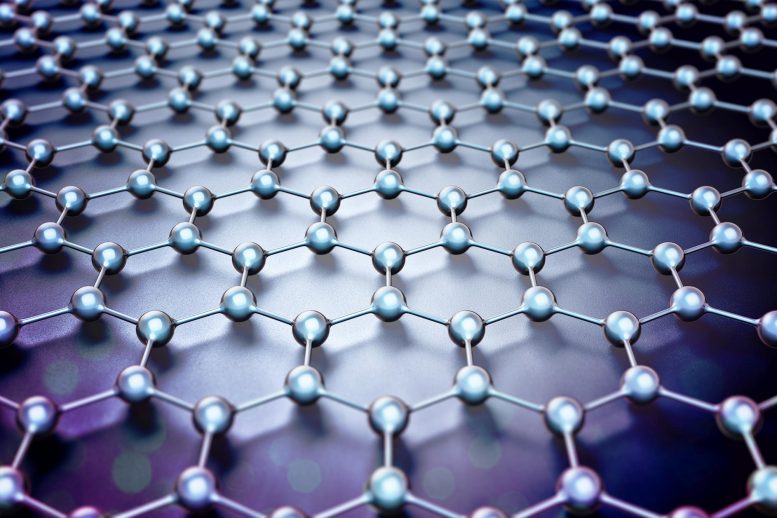
Scientists have created a sponge-like technology using a Metal Organic Frameworks (MOFs) nanocomposite, which can quickly and inexpensively capture carbon dioxide from various sources, including the air itself.
- Researchers from Monash University and the CSIRO have set a record for carbon dioxide capture using Metal Organic Frameworks (MOFs).
- The technology resembles a sponge filled with tiny magnets. The sponge adsorbs carbon dioxide from all atmospheric sources.
- The energy needed to make this happen is one-third of any other reported method.
Researchers from Monash University and the CSIRO have set a record for carbon dioxide capture and storage (CCS) using technology that resembles a sponge filled with tiny magnets.
Using a Metal Organic Frameworks (MOFs) nanocomposite that can be regenerated with remarkable speed and low energy cost, researchers have developed sponge-like technology that can capture carbon dioxide from a number of sources, even directly from the air.
The magnetic sponge is used to remove carbon dioxide using the same techniques as induction cooktops using one-third of the energy than any other reported method.
Associate Professor Matthew Hill (CSIRO and Department of Chemical Engineering, Monash University) and Dr. Muhammad Munir Sadiq (Department of Chemical Engineering, Monash University) led this research.
In the study, published in Cell Reports Physical Science, researchers designed a unique adsorbent material called M-74 CPT@PTMSP that delivered a record low energy cost of just 1.29 MJ kg-1CO2 , 45 percent below commercially deployed materials, and the best CCS efficiency recorded.
MOFs are a class of compounds consisting of metal ions that form a crystalline material with the largest surface area of any material known. In fact, MOFs are so porous that they can fit the entire surface of a football field in a teaspoon.
This technology makes it possible to store, separate, release or protect valuable commodities, enabling companies to develop high-value products.
“Global concerns on the rising level of greenhouse gas emissions and the associated environmental impact has led to renewed calls for emissions reduction and the development of green and renewable alternative energy sources,” Associate Professor Hill said.
“However, existing commercial carbon capture technologies use amines like monoethanolamine, which is highly corrosive, energy-intensive and captures a limited amount of carbon from the atmosphere.
“Our research shows the lowest reported regeneration energy calculated for any solid porous adsorbent, including monoethanolamine, piperazine, and other amines. This makes it a cheap method that can be paired with renewable solar energy to capture excess carbon dioxide from the atmosphere.
“Essentially, we can capture CO2 from anywhere. Our current focus is for capture directly from the air in what are known as negative emissions technologies.”
For MOFs to be used in CCS applications, it is essential to have materials that can be easily fabricated with good stability and performance.
The stability of M-74 CPT@PTMSP was evaluated by estimating the amount of CO2 and H2O captured and released via the researchers’ magnetic induction swing adsorption (MISA) process over 20 consecutive cycles.
The regeneration energy calculated for M-74 CPT@PTMSP is the lowest reported for any solid porous adsorbent. At magnetic fields of 14 and 15 mT, the regeneration energy calculated for M-74 CPT was 1.29 and 1.44 MJ kg CO2-1.
Reference: “Engineered Porous Nanocomposites That Deliver Remarkably Low Carbon Capture Energy Costs” by Muhammad Munir Sadiq, Kristina Konstas, Paolo Falcaro, Anita J. Hill, Kiyonori Suzuki and Matthew R.Hill, 4 June 2020, Cell Reports Physical Science.
DOI: 10.1016/j.xcrp.2020.100070
The research team comprises Associate Professor Matthew Hill (CSIRO and Monash University); Dr. Muhammad Munir Sadiq and Professor Kiyonori Suzuki (Monash University); Dr. Kristina Konstas and Dr. Anita Hill (CSIRO); and Dr. Paolo Falcaro (Graz University of Technology).


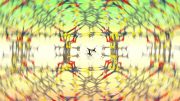
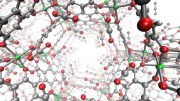
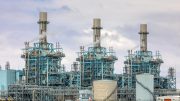
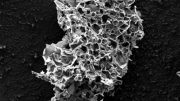

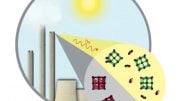
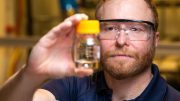
Don’t worry, we’re here to help—we’ve gathered up answers from the most trusted sources so you can make your post-vaccine decisions with confidence! https://showbox.run/
However, you might also have a lot of questions about what is and isn’t safe, like whether you can visit your loved ones or go on a trip. You might also be wondering about side effects that may develop after the shot. https://dltutuapp.com/tutuapp-download/